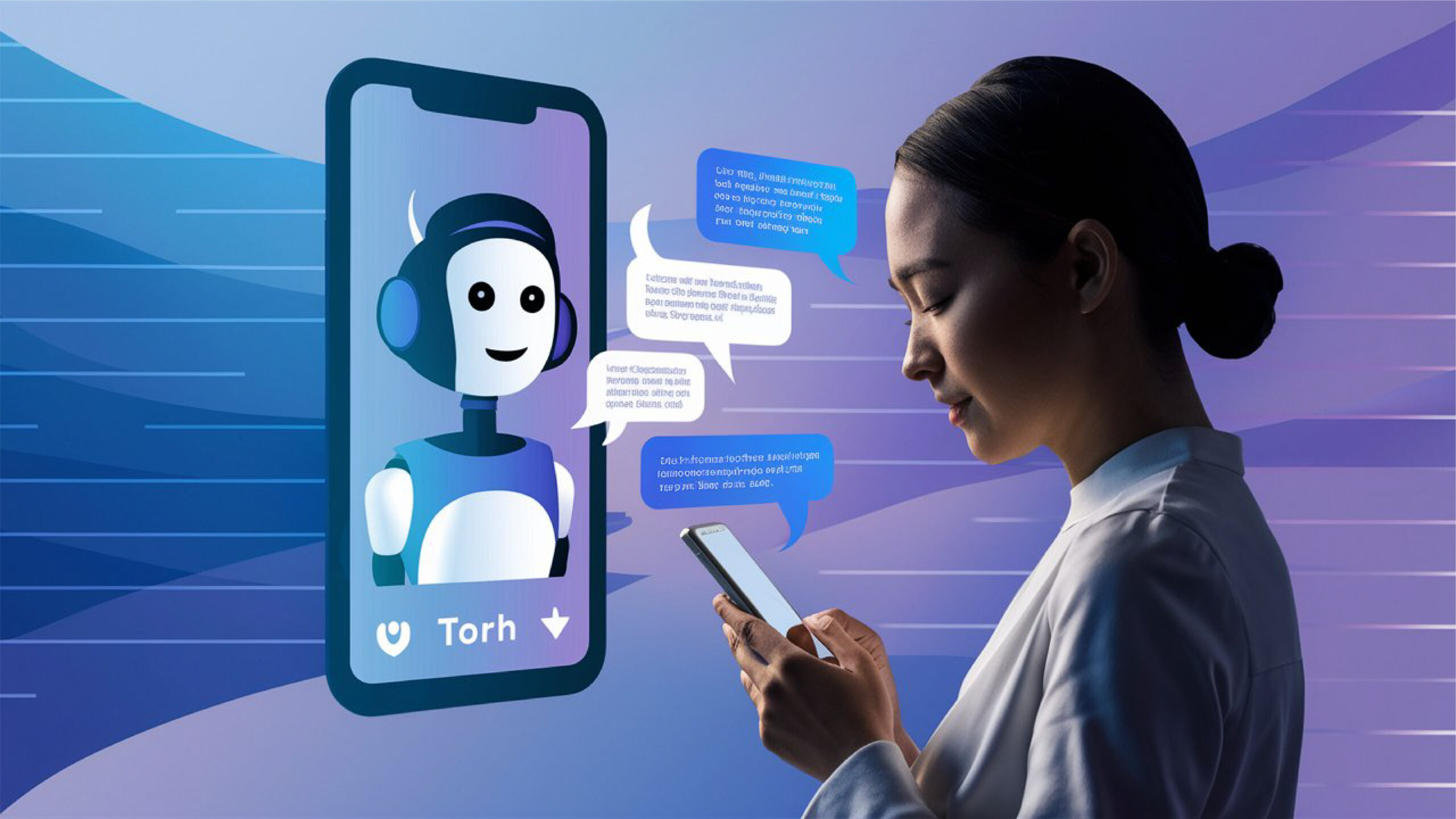Introduction
In the fast-paced world of software development, the rush to deliver quick results can lead to a buildup of technical debt. This is like a pile of not-so-great code, temporary fixes, and delayed improvements that can create problems for development teams. As projects move forward, dealing with challenges, causing higher maintenance costs, poorer code quality, and a slowdown in overall productivity.
Generative AI (GenAI) is seen as a promising solution to tackle these challenges. By automating code analysis and identification, genAI offers a new way to improve efficiency and code quality.
This blog will take you through the current situation of managing technical debt, introduce the growing role of generative AI, discuss its benefits, consider the challenges it brings, share real-life examples, and give a glimpse into how AI can shape the future of handling technical debt.
Current Landscape
Traditional methods like refactoring, code reviews, and manual testing have long been the go-to strategies for managing technical debt. These methods work, but they take a lot of time, need a bunch of resources, and sometimes, people make mistakes. With the way software development is speeding up and changing quickly, there’s a clear need for solutions that are faster and less prone to mistakes.
The Rise of GenAI in Code Management
Generative AI presents a paradigm shift in code management by leveraging machine learning algorithms to automate various aspects of technical debt management. Generative AI (genAI) into code management processes has transformed the way developers handle code analysis and technical debt. With its ability to understand and generate human-like text, generative AI has become a powerful ally in identifying, analyzing, and remediating issues in codebases.
Benefits of Generative AI in Code Management
Suggestion of Optimal Refactoring Strategies
Generative AI can analyze code patterns and propose optimal refactoring strategies to enhance code readability, maintainability, and performance. Tools like DeepCode leverage machine learning models to understand code semantics and suggest improvements.
Example: DeepCode suggesting refactoring options for a complex function, such as breaking it into smaller, more manageable functions or improving variable naming.
Identification of Redundant Code and Unused Functionalities
Generative AI can analyze code to identify redundant or duplicate sections and highlight unused functionalities. This helps developers streamline their codebase, making it more efficient and reducing technical debt.
Example: A tool like CodeClone can use generative AI techniques to detect duplicate code snippets across a project, providing suggestions for consolidation or removal.
Continuous Monitoring and Early Warning Systems
Generative AI can be employed to monitoring systems that analyze code changes, identify potential issues, and provide early warnings about technical debt accumulation. Tools like CodeClimate use AI algorithms to assess code quality and maintainability over time.
Example: CodeClimate alerts to potential technical debt issues in a codebase, like increasing cyclomatic complexity etc.
Automated Testing and Bug Detection
Generative AI can contribute to automated testing by generating test cases and identifying potential bugs. Tools like Diffblue Cover use generative AI to create unit tests automatically, improving code robustness and reducing the likelihood of introducing new bugs during development.
Example: Diffblue Cover automatically generating unit tests for a Java application, covering different code paths and scenarios.
Automatic Code Documentation Generation
One of the time-consuming tasks in software development is creating and maintaining documentation. Generative AI can automate this process by analyzing the codebase and generating comprehensive documentation. Tools like OpenAI's Codex can be trained on code patterns and documentation styles, enabling them to produce accurate and coherent documentation for functions, classes, and modules.
Example: Using Codex to automatically generate API documentation for a Python library, including descriptions, usage examples, and parameter details.
Considerations and Challenges
Despite its potential, the adoption of generative AI for technical debt management comes with considerations and challenges:
Explainability and Transparency
Potential Biases in Training Data
Human Oversight and Expertise
Strategies to Mitigate Risks
To ensure responsible AI adoption, strategies to mitigate risks include:
Explainability Features
Diverse and Inclusive Training Data
Continuous Human Involvement
Case Studies and Real-World Examples
Several industries and companies have successfully implemented genAI for technical debt management, demonstrating positive impacts on code quality, development speed, and cost savings. Case studies highlight the real-world applicability and success stories of organizations leveraging genAI to streamline their development processes.
-
Google: Using genAI for Code Documentation with Codex Google, a technology giant, has adopted generative AI, specifically OpenAI's Codex, to streamline their code documentation processes. By integrating Codex into their development workflow, Google has significantly reduced the time and effort spent on manual documentation tasks. This implementation has led to a notable improvement in code quality, as the generated documentation is not only accurate but also consistent across the entire codebase. Developers can now focus more on coding and less on documentation, resulting in increased development speed.
-
Microsoft: Automated Testing and Bug Detection with Diffblue Cover Microsoft, a global technology leader, has embraced generative AI for automated testing using Diffblue Cover. By leveraging generative AI to automatically create unit tests, Microsoft has experienced a substantial reduction in the number of bugs introduced during development. This has had a cascading effect on overall code quality, as the automated tests ensure that new features do not compromise existing functionality. The positive impact on development speed is evident, with faster and more reliable releases. Additionally, the cost savings associated with reduced bug-fixing efforts have been significant.
-
GitHub: Continuous Monitoring with CodeClimate GitHub, a leading platform for version control and collaboration, has implemented generative AI tools like CodeClimate for continuous monitoring of their codebase. This has allowed GitHub to proactively identify and address potential technical debt issues before they escalate. The early warning system provided by CodeClimate has led to improved code quality and maintainability. GitHub's development teams can now prioritize and address issues efficiently, resulting in faster release cycles and reduced long-term maintenance costs.
-
Facebook: Redundancy Identification with CodeClone Facebook, a pioneer in social media, has integrated generative AI tools like CodeClone to identify and eliminate redundant code across its extensive codebase. This implementation has resulted in a more streamlined and efficient codebase, reducing the risk of introducing inconsistencies and improving overall code maintainability. The positive impact on code quality has translated into faster development cycles, as developers spend less time navigating and understanding redundant code.
The Future of AI-Powered Technical Debt Management
As AI technologies continue to evolve, there's potential for further improvements in code analysis, automated repair, and code generation. It's crucial to emphasize the ethical development and responsible use of AI to ensure that these tools contribute positively to the software development landscape. But we need ethical development and responsible use of AI in this domain.
Transparency and Explainability
Fairness and Bias Mitigation
Human-in-the-Loop Approach
Continuous Monitoring and Accountability
Conclusion
In conclusion, using Generative AI (genAI) for managing technical debt in software development is like having a helpful assistant. It makes tasks such as code analysis, documentation creation, and bug detection faster and better. Big companies like Google and Microsoft have already benefited from it, showing that it can improve how quickly and well software is made.
But, like any tool, there are things to be careful about. We need to make sure that genAI is transparent, fair, and that humans are still involved in decision-making. This way, we can use AI responsibly. In the future, as AI gets better, we can expect even more improvements in how we handle technical debt. It’s important for developers and leaders to adopt AI responsibly and keep up with the latest developments to make the most out of genAI in managing code.



